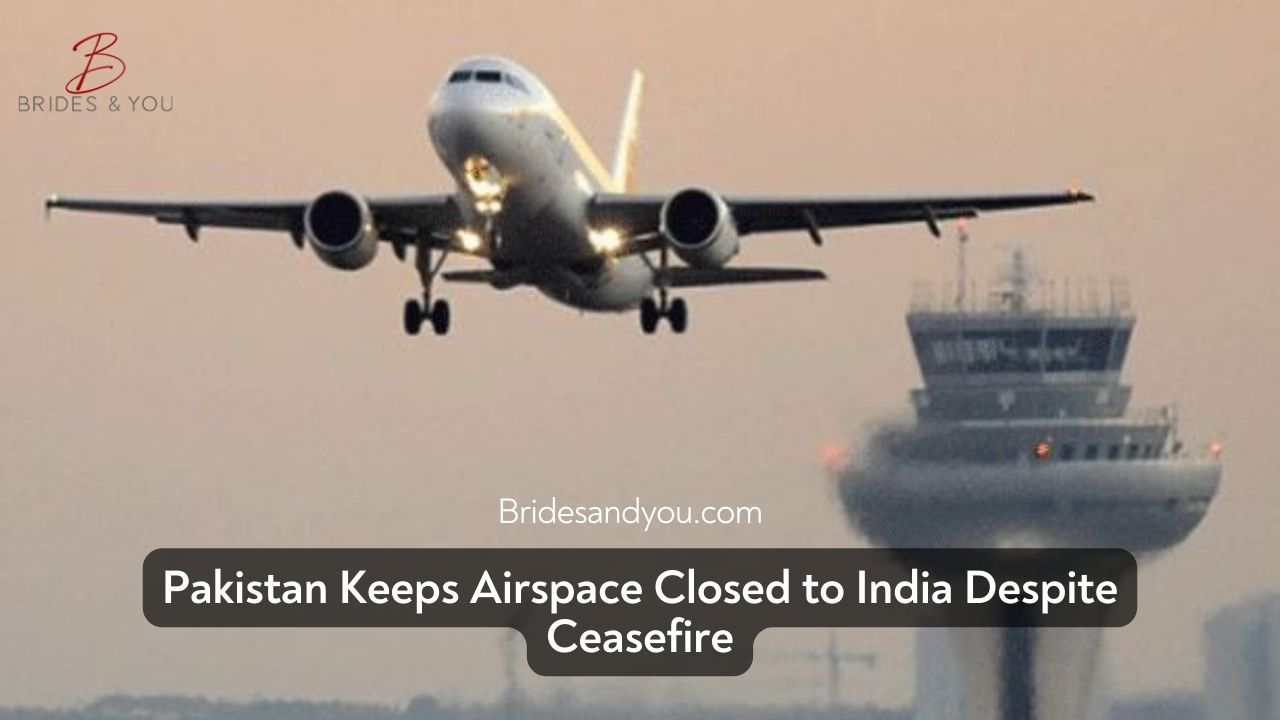Now Reading: Pak Airspace Closure: A Major Blow to Indian Airlines and Global Operations
-
01
Pak Airspace Closure: A Major Blow to Indian Airlines and Global Operations
Pak Airspace Closure: A Major Blow to Indian Airlines and Global Operations

In a move that continues to strain aviation ties between India and Pakistan, Pak airspace closure remains firmly in place, marking 22 consecutive days of restrictions for Indian commercial and cargo carriers. Despite hopes for de-escalation, tensions between the two nations—heightened after the recent Pahalgam incident—have kept the skies shut for cross-border operations.
This prolonged closure has not only disrupted flight schedules but also triggered severe financial and operational challenges for Indian airlines, affecting passengers, logistics companies, and global connectivity.
Rising Costs and Flight Rerouting: The Hidden Impact
With Pakistani airspace off-limits, Indian airlines—especially those operating long-haul international routes—are being forced to adopt alternative flight paths. These detours are adding an average of 2.5 to 3 hours to travel time, significantly increasing fuel consumption and crew operating hours.
Flights to key destinations like Europe, the U.S., and Canada are the worst hit. According to aviation insiders, the cumulative financial loss for Indian carriers has already surpassed Rs5 billion, with each day adding to the burden. Longer flight durations not only mean higher fuel costs but also affect airline scheduling, passenger satisfaction, and fleet utilization.
Cargo and Logistics: A Sector Under Pressure
While passenger carriers are visibly impacted, the cargo sector is quietly facing a logistical nightmare. Freight services are enduring delays and inflated operational costs due to the detours necessary to bypass Pakistani airspace. Time-sensitive shipments are particularly vulnerable, disrupting supply chains and damaging trust with international clients.
The increased costs for fuel, landing fees at alternate airports, and extended transit times are eating into the already tight margins of freight operators, making it a two-pronged crisis for India’s aviation industry.
No Resolution in Sight: What This Means for the Future
Despite diplomatic dialogues, no concrete steps have been taken to lift the airspace restrictions. The continuation of the Pak airspace closure is reflective of the strained geopolitical climate between the two neighbors. Experts suggest that unless a breakthrough is achieved at the political level, Indian carriers will have to endure the rerouting for the foreseeable future.
Aviation strategists are now urging the Indian government to explore new agreements with other regional partners to optimize alternative flight paths and minimize financial damage. However, the longer this continues, the more competitive disadvantage Indian carriers may face compared to global rivals.
SEO Implications: Airlines Losing Digital Ground
Beyond immediate financial concerns, there’s an overlooked consequence—SEO and digital reach of airlines are taking a hit. With flight delays, cancellations, and customer complaints rising, airline search engine visibility and trust scores may decline. Unfavorable reviews, decreased user experience, and inconsistent flight schedules could harm brand visibility and reduce traffic to booking platforms.
This indirect impact on the digital footprint can cost airlines valuable conversions and push passengers toward more reliable alternatives.
Conclusion: A Call for Urgent Resolution
The Pak airspace closure is more than a geopolitical issue—it’s a multifaceted crisis affecting global mobility, commerce, and digital brand equity. Indian carriers are caught in a bind, facing spiraling costs, operational inefficiencies, and frustrated customers.
As international aviation eyes the region closely, the need for diplomatic resolution has never been more urgent. Until then, passengers and cargo handlers alike must brace for continued disruption in South Asian skies.










